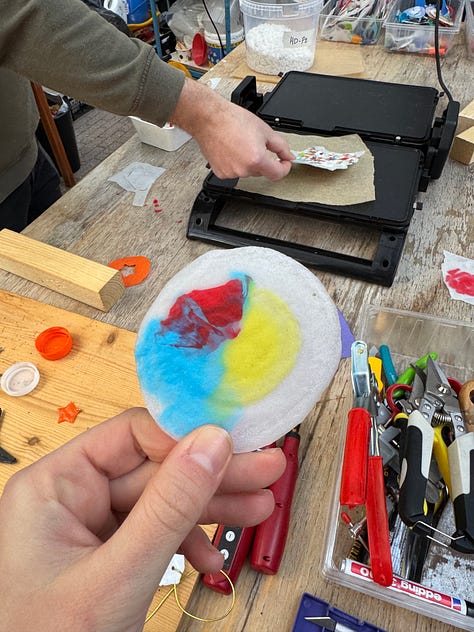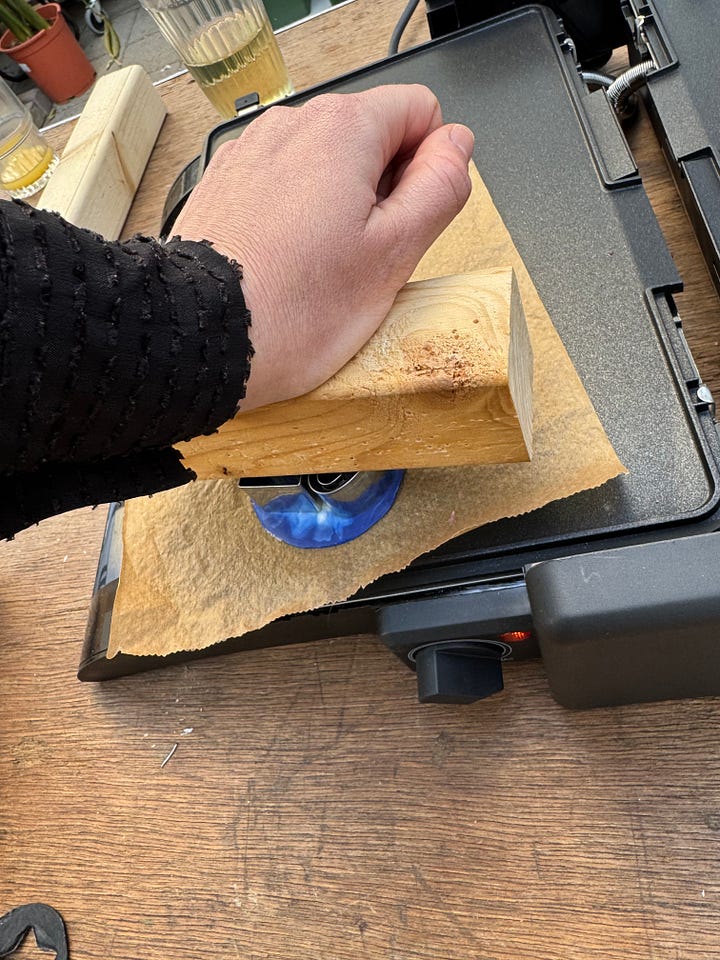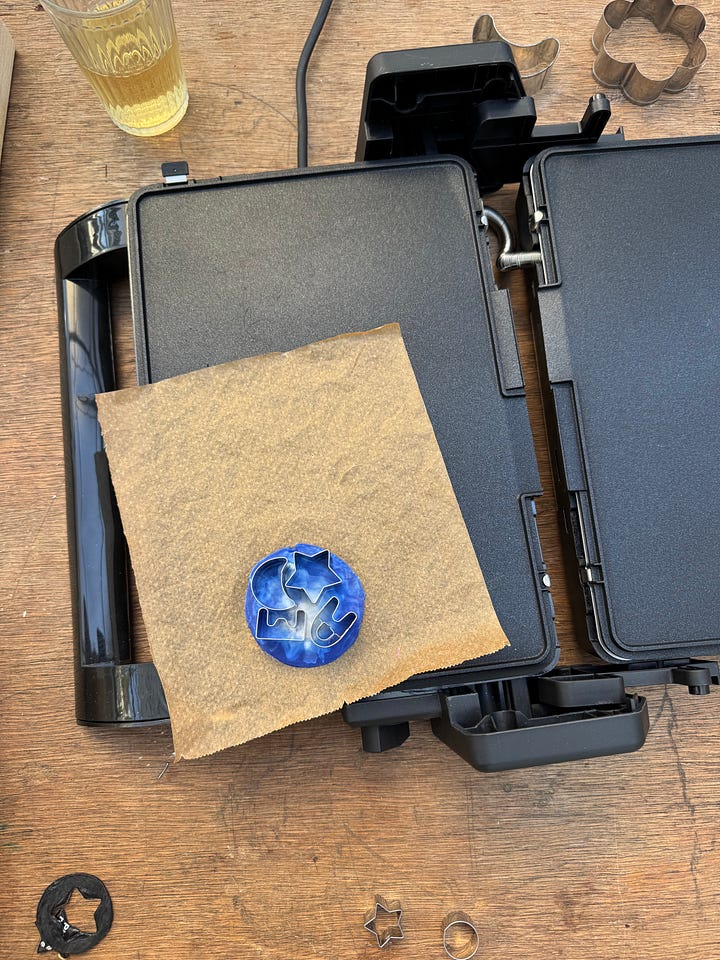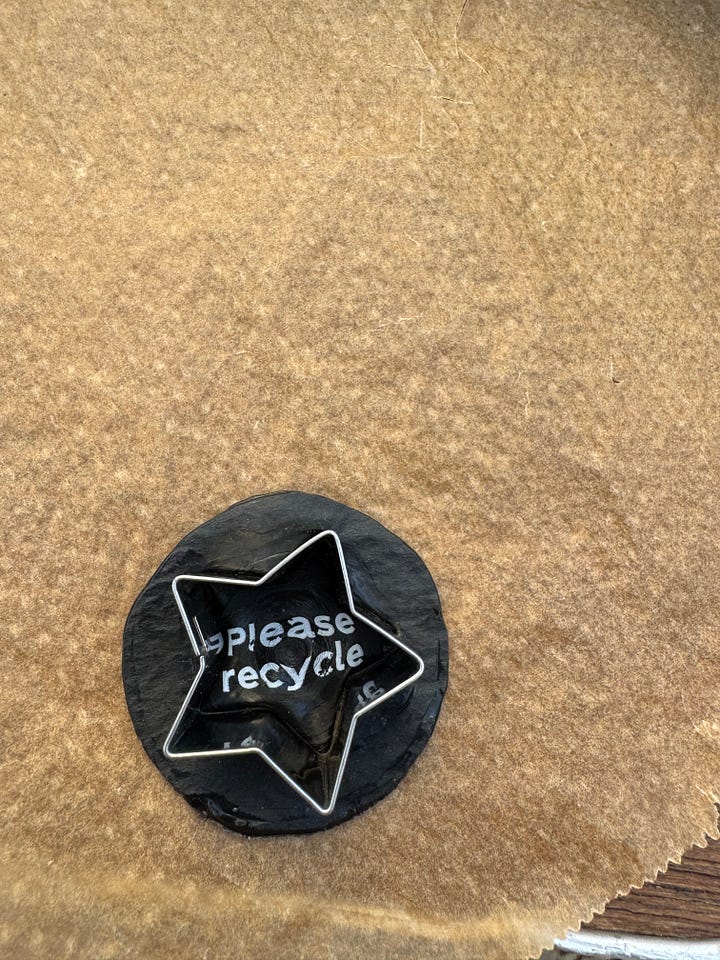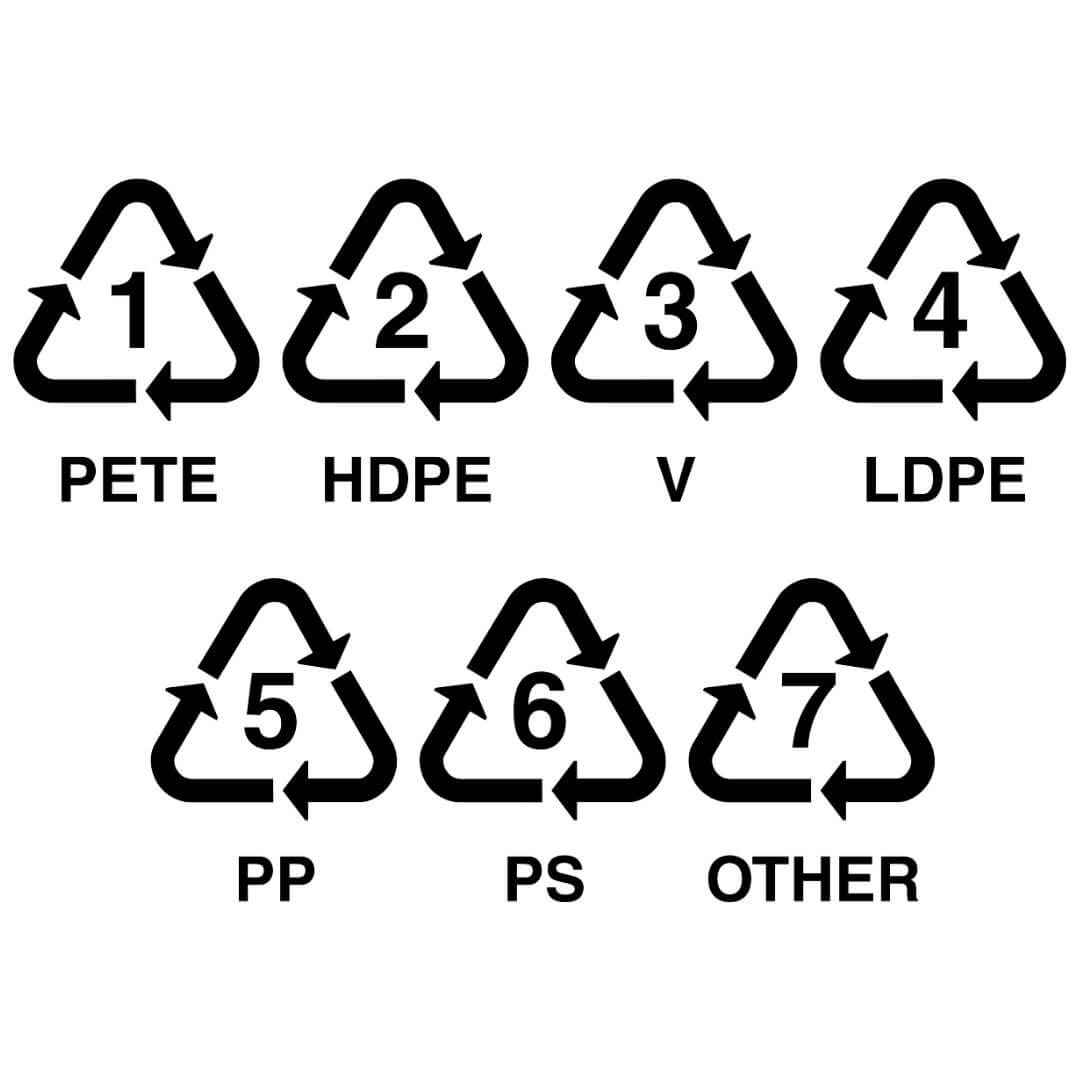Plastic alchemy: Finding energy in bottle cap recycling
Turning from theory to practice - my afternoon transforming household trash into treasure
Earlier this year, I found myself in a greenhouse in the garden of a community center in Amsterdam West learning how to make earrings out of bottle caps. I had signed up for this community workshop because - after spending hours in front of my computer all day reading, researching, thinking and talking about plastic solutions - I was ready to get my hands dirty (and maybe burn a finger or two in the process).
It felt serendipitous that this workshop came across my Instagram feed, and when I saw it, I immediately signed up. Through my PhD research into innovations for plastic management, I had theoretical awareness of all the creative, low-tech ways entrepreneurs around the world were finding ways to recycle and repurpose waste. But in practice? I’m a total beginner.
I was giddy biking through the city on my way to the workshop. The sun was shining in what was proving to be the sunniest spring on record in the Netherlands and I was spending a glorious afternoon not behind a screen but in front of, what turned out to be, a panini maker.

The workshop was hosted by Broeii , a community collection and recycling center that works on various social initiatives. Walking into the greenhouse that housed the plastic recycling lab, I was greeted by mounds of yogurt tubs, laundry detergent bottles, and buckets of bottle caps. To most people, this looks like household trash, but I immediately recognized it as PP and HDPE, the plastic polymers of choice for at-home recyclers.
A polymer diversion
And now a quick refreshers on polymers, the building blocks of what we call plastics. Plastics are made out of chemicals, mainly by taking units of hydrogen and carbon (monomers) into repeating chains (polymers). Depending on which building block is used, these chains will have different properties or characteristics. Across the board, these chains (polymers) are very strong and long-lasting. To differentiate between these types of polymers, a standardized number code is used, see the picture below.
So when you turn any plastic product upside down, you may see the ‘chasing arrows’ symbol and letters or a number. The chasing arrows was a clever choice by plastic producers; continuous arrows suggesting the possibility of endless circulation and recycling. These symbols hoped to convince consumers that plastic could be collected, recycled and made into shiny new products, erasing the guilt of consumption by offering an easy, pro-environmental behavior: recycling.
Unfortunately, the reality of recycling is far from the shiny promise of endless recirculation. Global plastic recycling is around 9% and many plastics that are marked with the ‘chasing errors’ have no real chance of being recycled. Additionally, as production and demand have increased, so have the amounts of chemicals and additives added to plastics. These additives can make plastics shinier, more flexible, more durable and so much more: creating even more applications and even more waste… As you can imagine, tracking the harsh reality of global waste management trends can be depressing.
Back to the greenhouse
But on that day, I was determined to enjoy my sunny afternoon off. I was hoping to get reinvigorated by some good old-fashioned DIY crafting. In the greenhouse, I introduced myself to the other participants and we watched eagerly as the recycling-master showed us the subtle art of bottle cap up-cycling. Using heat, brute force and a commandeered silk screen press, bottle caps and shredded laundry bottles were transformed into tiny swirly canvases of flat plastic. The flat plastic was transferred onto a panini press, then metal cookie cutters could be pressed onto the surface, more force applied and voila, a slightly gooey mini-plastic masterpiece. The workshop filled a faint chemical sent and punctuated with oohs and aahs as participants admired their creations.
I was instantly hooked, rushing between the bins of shredded plastic, scavenging through discard piles from previous workshops, experimenting with layering bottle caps and poking holes through my creations to make tiny charms. I ended up with magnets and charms I planned to turn into earrings. Two tiny black stars, one with the slightly warped text ‘please recycle’, were made from black Coca-Cola bottle-caps. Two bluey moons were made with shredded yogurt tubs and shampoo bottles. I plan to wear these earrings to future conferences or events, a small reminder that in the face of global plastic chaos, I saved at least four caps from ending up incinerated, landfilled or in the ocean. The impact may be minuscule in the grand scheme of things, but as I biked away grinning in the sunshine, I felt renewed energy to work on plastic research and advocacy. Sometimes the most complex global problems need both grand solutions and the simple joy of a repurposed bottle cap.
Plastic crafting photo journey: from bottle cap to earring


